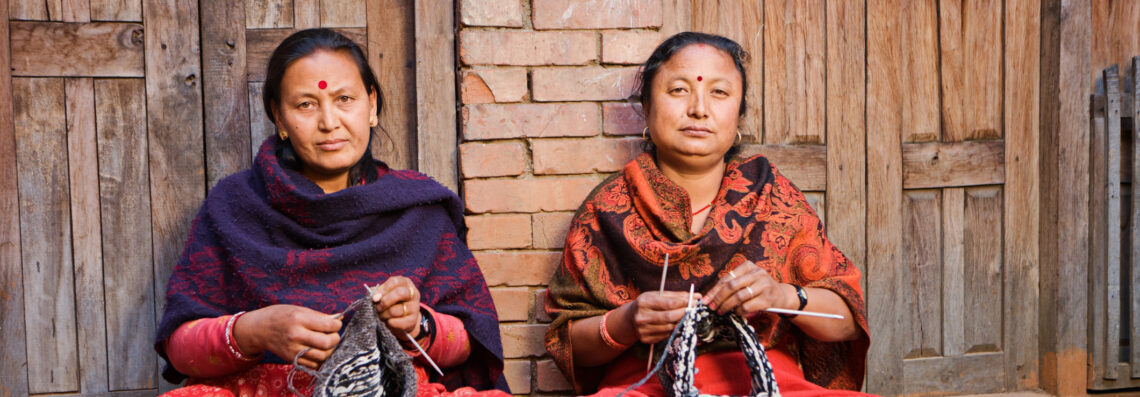ModusBox is passionate about bringing payment services to all classes of financial institutions through interoperable payment hubs like Mojaloop and our PortX suite of easy-to-use integration software. In Myanmar, we’ve been working with the UNCDF and the microfinance sector to build a real-time payment system that connects banks, mobile money, and microfinance institutions. We recently hosted a panel at the 3rd Annual Asia-Pacific Microfinance Forum with our colleagues from the Mojaloop Foundation, UNCDF, and USAID. We covered a lot of ground in our 30-minute talk and would like to share some highlights from the wide-ranging discussion.
When it comes to payment systems, microfinance institutions must have a seat at the table. Microfinance institutions provide capital investment and consumption which contribute to smoothing and stabilizing cash flows for more than 140 million low-income people during economically lean periods. It’s important to note that 80 percent of these individuals are women. Payment infrastructure investments have 20+ year time horizons – an eternity in the technology world. They must be built with inclusive principles in mind, such as low fees and tiered know-your-customer requirements. We need the unique perspective of microfinance institutions at the table from the onset.
Want to learn more about this? Check out The Essential Regulatory Changes Needed to Drive Equitable Financial Inclusion of the Underbanked.
Industry collaboration is key. The 10,000 microfinance institutions around the world are in a competitive space but the shared social mission unites the industry. Globally, payment systems are about collaboration on “the rails.” Microfinance investors and associations are a potential leverage point for convening multi-stakeholder dialogues that advance policy discussion, develop shared services, and set industry standards.
Open payments systems are the cornerstone of inclusive digital economies. COVID-19 has accelerated the transition to digital — in Thailand, digital transactions quadrupled from pre-pandemic levels. Leaving microfinance institutions out of payment systems risks leaving their clients out of the digital economy. Digitizing payments helps their clients, mostly micro/small/medium enterprises, to digitize and participate in the digital economy.
Digitizing payments is more than just operational efficiencies. It is helping MFI clients’ businesses grow and become more efficient. Microfinance institutions benefit from operational efficiencies as well as greater access to digital data which can hone credit modeling and support the creation of new products. Our minds immediately jump to the cost savings of having digital loan repayments. However, digital unlocks other use cases like cross-border remittances and greater access to reliable client data.
Consider how to mitigate the tradeoffs of moving to digital. There is some evidence on the social capital benefits of microfinance group meetings where borrowers come together to collect and repay their loans. Digital payments may change that as borrowers benefit from being able to collect and repay their loan at their convenience. However, digital can be ‘social’ if designed the right way. Microfinance institutions need to consider how other digital methods, such as social media groups and consumer education, could be used to foster group cohesion. In addition, more research is needed to identify best practices on how to practically roll out digital into group structures.
If you would like to learn more, view the conversation in its entirety. Or, If you’re interested in connecting to or participating in open real-time payments, talk to one of our team members about how ModusBox works with financial institutions, associations, and regulators to create inclusive payment networks that benefit everyone.






